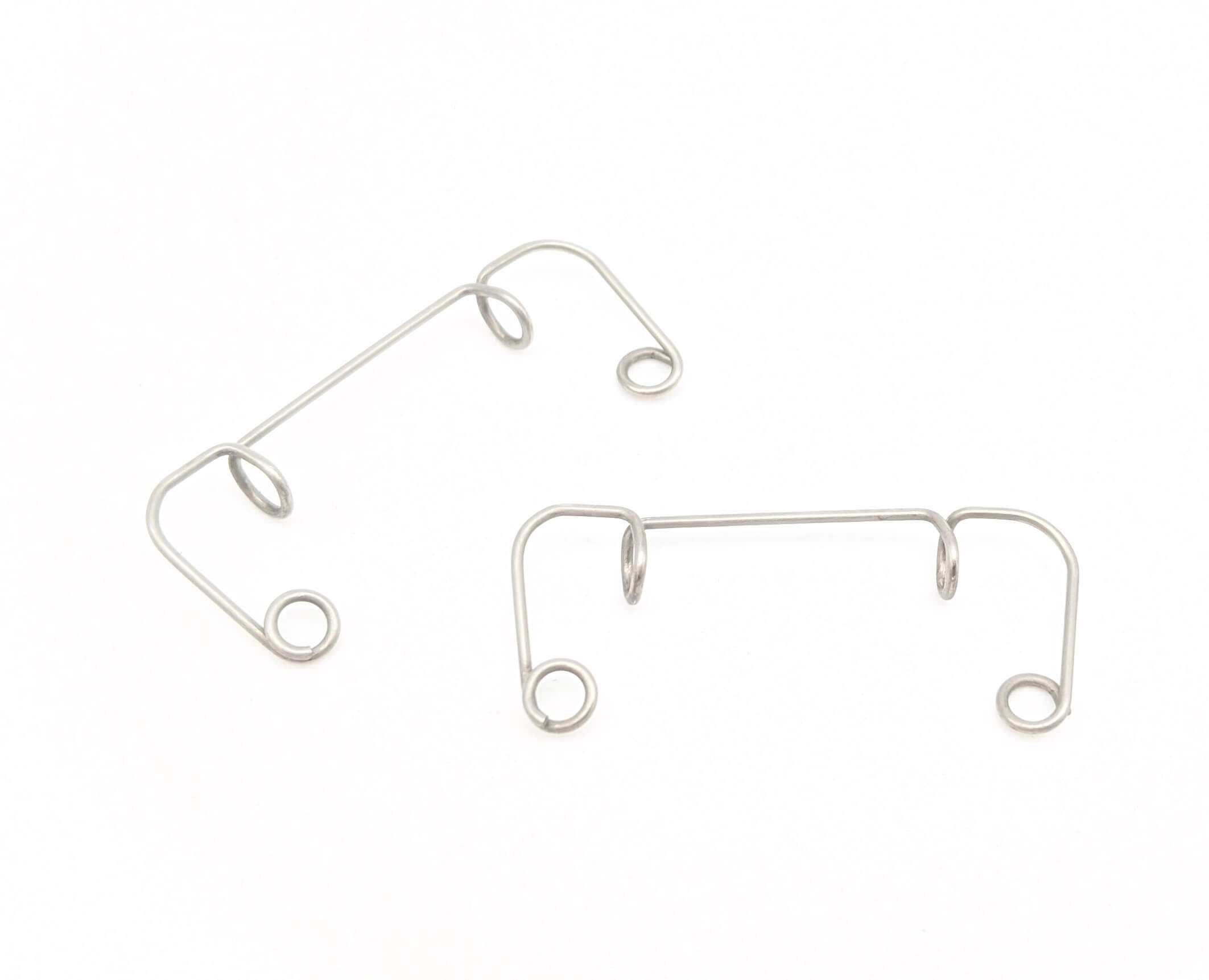Get unique, complex parts easily. No matter your requirements, Chaoyi Spring creates hard-to-produce coil springs and wire forms.
Let us help you create the custom wire form you need, from S-hooks and J-hooks to utility hooks and more.
We work closely with customers across a wide range of industries, helping them design and manufacture made-to-order parts.
Why choose Chaoyi Spring? We prioritize customer-focused collaboration, modern equipment and the latest technology to make your parts per print.
Find the information and guidance you need, from measuring a spring to learning about materials, placing an order and much more.
Have you ever wondered why a spring bounces back to its original shape after being compressed? The answer lies in a fundamental principle of physics known as Hooke's Law, which


Have you ever wondered why a spring bounces back to its original shape after being compressed? The answer lies in a fundamental principle of physics known as Hooke's Law, which describes the relationship between the force applied to a spring and its resulting deformation. This law is embodied in the spring compression equation, a powerful tool for understanding the behavior of springs in various applications.

At the heart of spring compression lies Hooke's Law, a principle stating that the force required to compress or extend a spring is directly proportional to the displacement from its equilibrium position. In simpler terms, the harder you push or pull on a spring, the more it will deform. This relationship can be expressed mathematically as:
F = -kx
Where:
The negative sign indicates that the force exerted by the spring opposes the direction of displacement. This means that if you compress a spring (positive x), the spring will push back with a force in the opposite direction (negative F). Conversely, if you extend a spring (negative x), it will pull back with a force in the positive direction (positive F).
The spring compression equation is derived from Hooke's Law and provides a direct relationship between the force applied to a spring and the resulting compression:
F = kx
This equation tells us that the force required to compress a spring is proportional to both the spring constant (k) and the compression distance (x). A stiffer spring (higher k) will require more force to compress it by the same amount compared to a softer spring. Similarly, a larger compression (larger x) will require a greater force.
The spring compression equation finds widespread applications in various fields, including:
While the spring compression equation provides a valuable theoretical framework, it's crucial to remember that real-world springs exhibit more complex behavior than the equation fully captures. Factors like:
Therefore, while the spring compression equation provides a solid foundation, it's essential to consider these additional factors for accurate analysis and design of spring-based systems.
The spring compression equation, rooted in Hooke's Law, offers a valuable tool for understanding the relationship between force and deformation in springs. It enables engineers, scientists, and other professionals to design, analyze, and optimize systems incorporating springs. While the equation provides a simplified model, recognizing its limitations and considering additional factors ensures accurate and reliable results in real-world applications. By grasping the principles behind the spring compression equation, we gain deeper insights into the mechanics of force, motion, and the fascinating world of springs.
The spring compression equation stands as a testament to the elegance and practicality of physics. It allows us to quantify the force required to compress a spring, providing valuable insights into its behavior. From mechanical engineering to medical devices, the equation plays a vital role in ensuring efficient and reliable performance. As we delve deeper into the world of springs, we discover a realm where force and motion intertwine, and the spring compression equation remains a cornerstone of our understanding.
Browse some of the custom wire forms and springs that we manufacture. Don’t see what you need? We specialize in made-to-order products that meet your application requirements.
Visit Our GalleryNeed a custom wire form or coil spring? We make it work. Fill out the contact form and a representative will respond within 1 business day. If you have a PDF or CAD file, you can submit to request a quote.